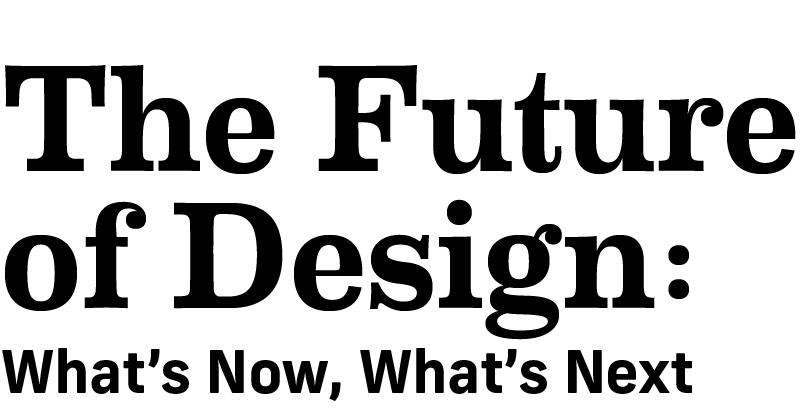A recent report from the Harvard Joint Center for Housing Studies and AARP Foundation reveals that the U.S. wil not be able to meet the increasing demand for housing for its growing older population.
According to "Housing America’s Older Adults—Meeting the Needs of An Aging Population," the number of adults in the U.S. aged 50 and over is expected to grow to 133 million by 2030, an increase of more than 70 percent since 2000. However, there is a shortage of housing that is affordable, physically accessible, well-located, and coordinated with supports and services for this age group.
Currently high housing costs are forcing a third of adults 50 and over—including 37 percent of those 80 and over—to pay more than 30 percent of their income for homes that may or may not fit their needs, causing them to cut back on food, healthcare, and, for those 50-64, retirement savings.
Other areas of concern include:
- The lack of housing inventory with basic accessibility features (no-step entries, extra-wide doorways, and lever-style door and faucet handles)
- Poor transportation and pedestrian infrastructure that is ill-suited to those who aren’t able to drive, which can isolate them from friends and family
- A disconnect between housing programs and the healthcare system which puts many older adults with disabilities or long-term care needs at risk of premature institutionalization
- Younger baby boomers who are now in their 50s with lower incomes, less wealth, dimishing homeownership rates, and more debt than generations before them, may be unable to cover the costs of appropriate housing or long-term care in their retirement years.
For more information about this study, please visit http://www.jchs.harvard.edu/research/housing_americas_older_adults









